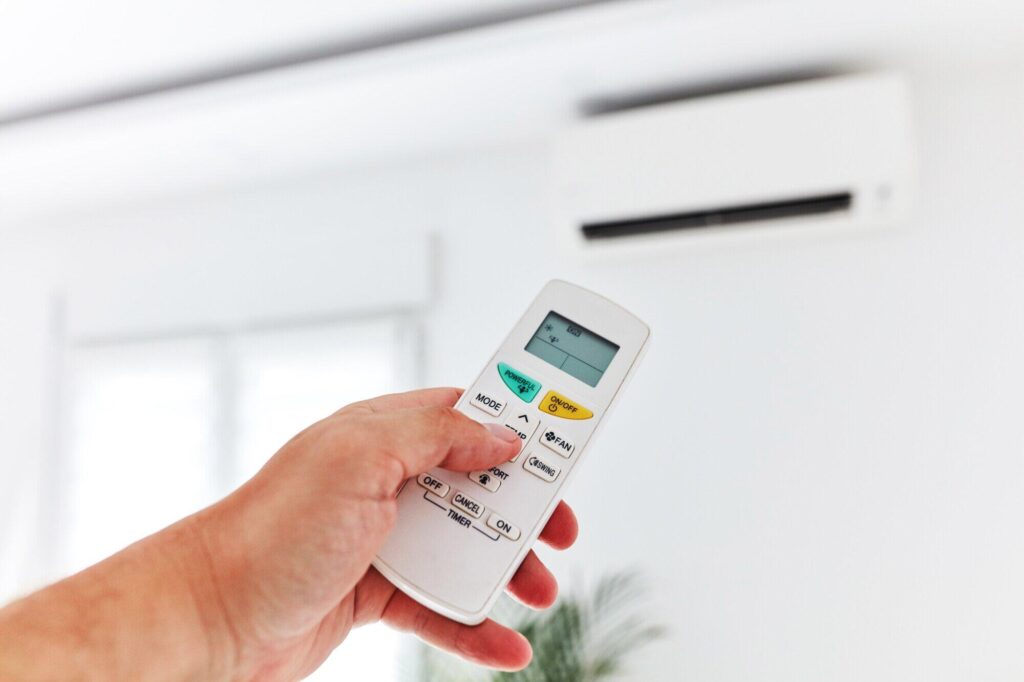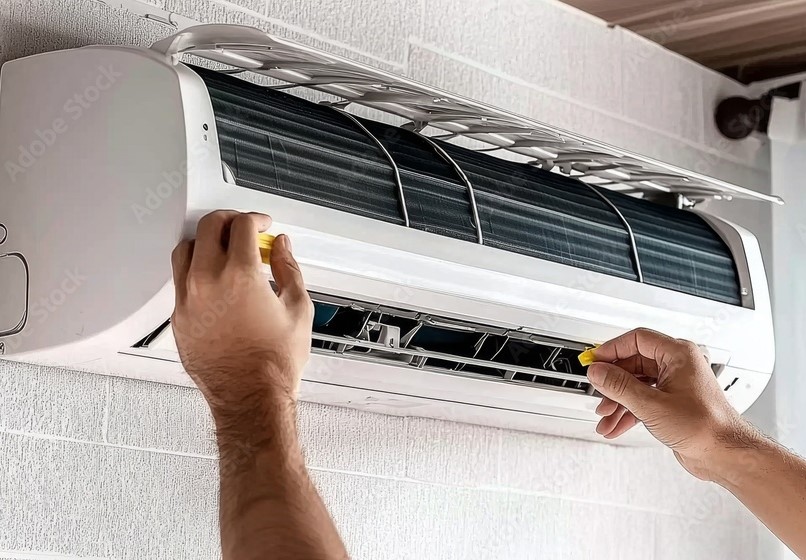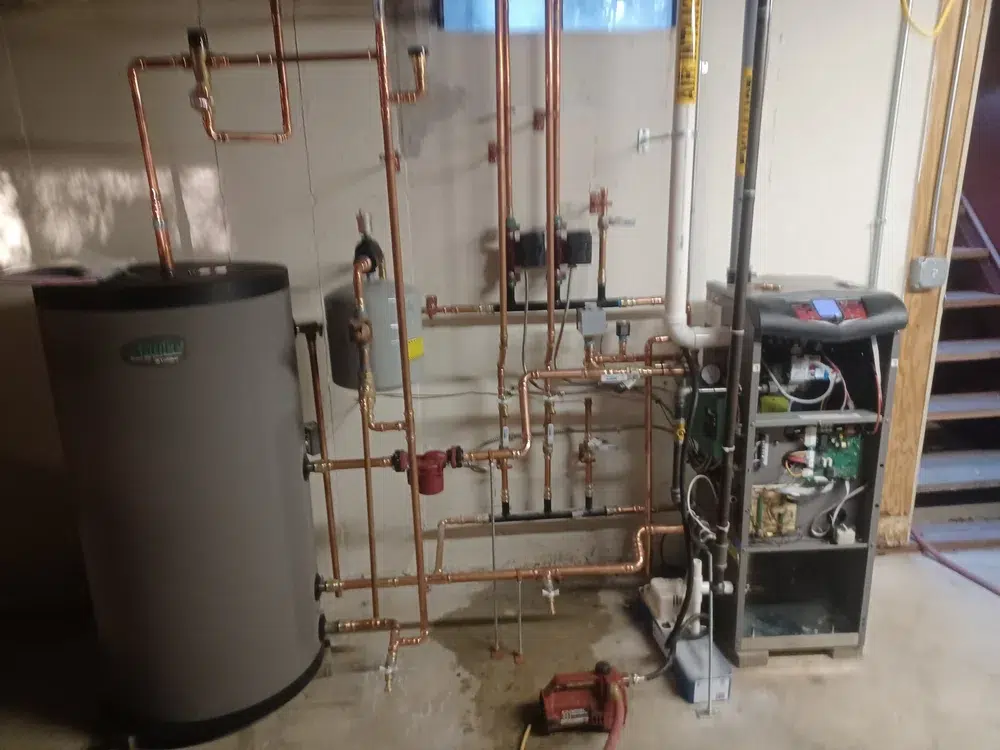If it has been 10 years or longer since you shopped for a new thermostat, you may be surprised to find that today’s models in Massachusetts offer a wide range of options that might not have been available before. But how do you know where to start to find the right thermostat for your needs? Make sure you consider these four key factors.
1. Look at the Wiring
The wiring that connects your thermostat to your HVAC system is one of the first things to consider when comparing thermostat differences. Traditional or non-connected thermostats use two low-voltage wires to connect to the system. These wires connect to the furnace. Additional wires might connect to the cooling system, depending on the type of air conditioner you use.
For smart thermostats, you’ll need a C-wire or common wire. This wire provides power for a monitor and Wi-Fi service. If you don’t have a C-wire and want a smart thermostat, your HVAC technician will need to install the additional thermostat wiring.
2. Decide Between a Non-Connected or Smart Thermostat
A non-connected thermostat isn’t as simple or inefficient as you might assume. You can buy a traditional programmable thermostat that allows you to save settings and manage your indoor temperature automatically. For many people, this is enough to manage a household’s energy consumption.
A smart thermostat offers more convenience. You can control this device through an app on your smartphone. Additionally, the unit will learn your temperature control preferences over time and adapt its operation to meet those preferences. Other features, such as voice-activated control, help smart thermostats offer personalized service.
3. Match Your Thermostat With Your HVAC System
You’ll want to make sure you choose a thermostat that’s compatible with your current heating and cooling equipment. If you select a traditional or non-connected unit, this may not be an issue. Most non-connected models can connect with today’s HVAC systems.
But when it comes to smart thermostats, compatibility becomes a bigger concern. You’ll avoid many thermostat problems by making sure your new smart thermostat can handle your HVAC system’s capacity.
For example, some models won’t work well with modulating heat pump systems. An HVAC professional can help you find a compatible model that meets your needs.
4. Choose the Right Aesthetics
Even the best thermostat might not mesh well with your home decor. If you prefer a non-connected model, you’ll find a limited range of design styles. Most traditional thermostats are rectangular, white, or cream-colored, and limited in texture.
When it comes to smart thermostats, though, you can find a model that matches your home’s decor. Newer models have sleeker finishes and come in a wide range of shapes. You can also opt for thinner models that won’t seem obtrusive once you hang them on your wall. Many companies offer multiple color options as well.
Get Help From the Pros
It’s easy to feel overwhelmed by the number of thermostat choices on the market. Endless Energy offers a wide range of HVAC services in Massachusetts, and we can assist you in picking the best thermostat for your home. Contact us to get started today!






